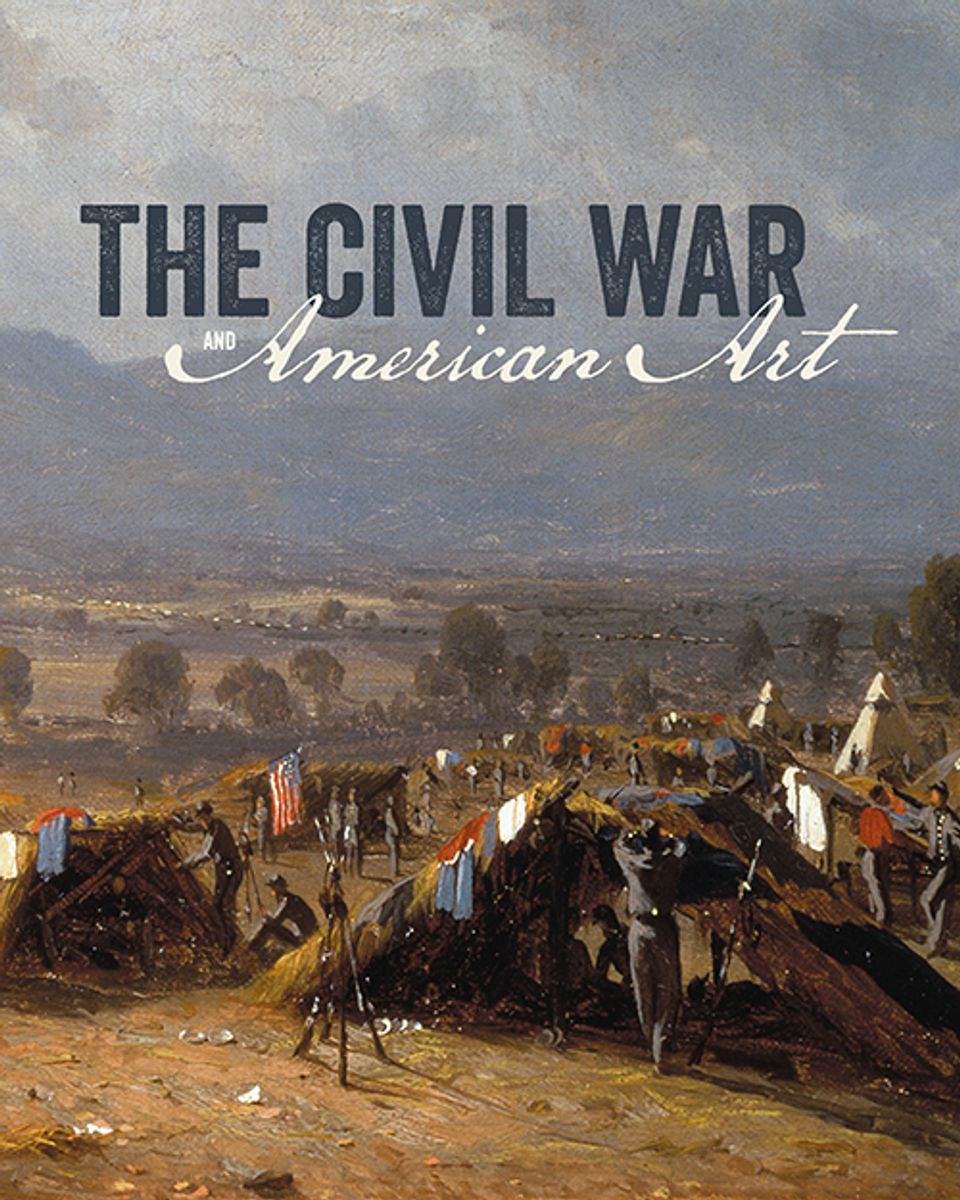George N. Barnard
- Also known as
- G. N. Barnard
- George Barnard
- Born
- Coventry, Connecticut, United States
- Died
- Cedarville, New York, United States
- Active in
- Charleston, South Carolina, United States
- Chicago, Illinois, United States
- Biography
A well-known daguerrean artist in Oswego, New York, George N. Barnard had opened a photography studio in Syracuse by 1854. He subsequently became affiliated with Mathew Brady's gallery in Washington, D.C., and photographed Lincoln's inauguration in 1861. As an official Union Army photographer during the Civil War, he was given two mules, a covered wagon, and an African-American driver to follow several military campaigns, most notably General William Tecumseh' Sherman's famous march in 1864 from Chattanooga to Atlanta. His reminisces of General Sherman, Ulysses S. Grant, and Joseph Hooker made interesting reading for patrons of Harper's Weekly, Leslie's, and other contemporary periodicals and were illustrated by line engravings of his photographs. Prompted by the success of Alexander Gardener's Photographic Sketchbook of the War, Barnard published Photographic Views of Sherman's Campaign in 1866. Including sixty-one photographs, a small volume of historical text, and several official campaign maps, the album weighed twenty pounds and sold for one hundred dollars.
Barnard made at least three photographs of the area around New Hope, Georgia, after the week-long battle in May 1864 between General Joseph Johnston's southern forces and Sherman's troops. He often focused on broken trees and ravaged ground, as well as other melancholy views, such as the Jones Memorial on the grounds of Bonaventure Plantation near Savannah. Barnard's album presents a complex symbolic picture of the appalling looses suffered in this national conflict.
Merry A. Foresta American Photographs: The First Century (Washington, D.C.: National Museum of American Art with the Smithsonian Institution Press, 1996)














